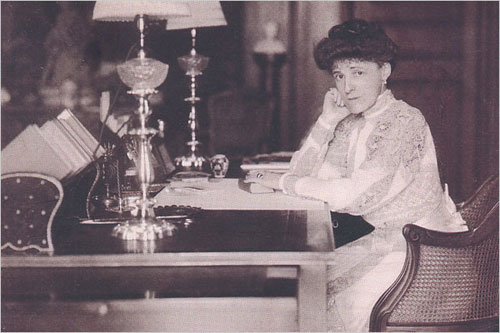In Morocco

I am reading Edith Wharton’s travelogue In Morocco, which was published in 1920 (and which I believe has fallen out of print.) It is an amazing exemplar of what would later be called Orientalism–with musings about “Eastern laziness,” the “fatalism” of the people, the “grave clothes” that serve as attire, the “tortuous soul” of the land, and so on. A visit to the souk gives her the impression of “a draped, veiled, turbaned mob shrieking, bargaining, fist-shaking, calling on Allah to witness the monstrous villainies of the misbegotten miscreants they are trading with.” In contrast, she is full of praise for her host, General Lyautey (who served as Governor General) and his government. The French endeavor to keep the trails “fit for wheeled traffic,” they are “asked to intervene” to save antiquities, and at all times they show “respect for native habits [and] native beliefs.” What strikes me about these contrasts is not that they are outmoded, but rather the opposite: the same images, the same tropes are still to be found in travel writing or reportage about Morocco today. The book is turning up to be quite useful for a piece I’m doing on writing about Morocco (I know, I know, it’s very meta.)
Photo: Edith Wharton Restoration/New York Times